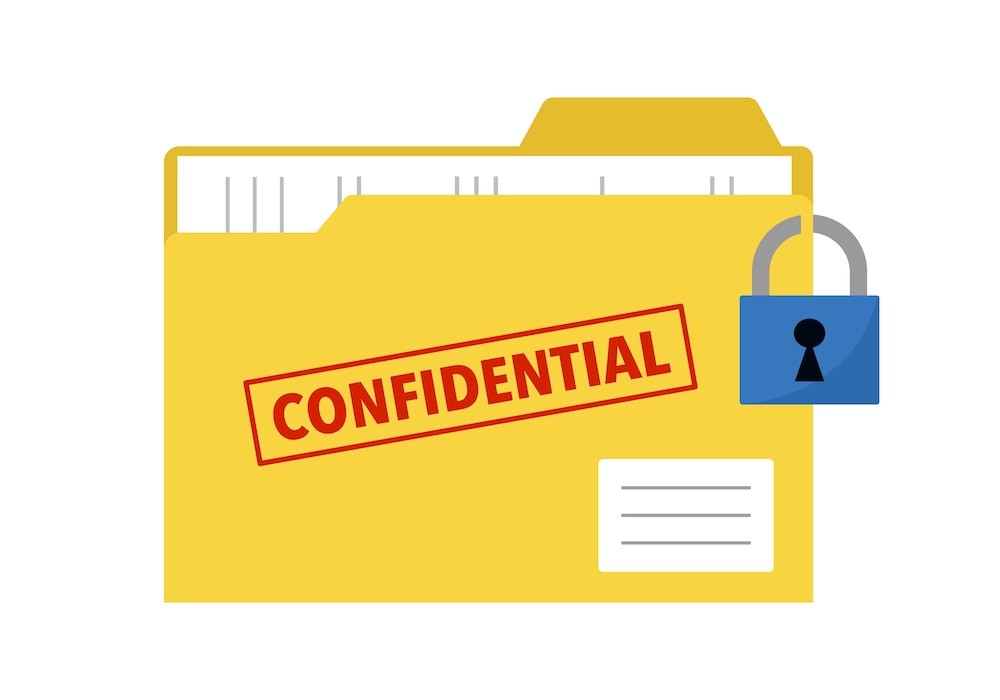SEC Confidential Treatment Requests: Protecting Sensitive Business Information in SEC Filings (2025)
Posted on
Introduction: Protecting Trade Secrets in Public Filings
Public companies and SEC registrants must disclose material agreements, technical data, and financial details in registration statements and periodic reports. However, certain commercially sensitive information—such as pricing formulas, proprietary technology, or customer data—can be withheld under confidential treatment provisions of the federal securities laws. The SEC Confidential Treatment Request (CTR) process allows issuers to protect bona fide trade secrets and competitively sensitive information while maintaining compliance with the Securities Act of 1933 and Securities Exchange Act of 1934.
Regulatory Basis for Confidential Treatment
Confidential treatment is governed by Rule 406 (Securities Act) and Rule 24b-2 (Exchange Act). These rules allow protection for information that would otherwise be public if the issuer demonstrates substantial competitive harm and qualifies under FOIA Exemption 4. Rule 406 applies to registration statements such as Forms S-1, S-3, and F-1, while Rule 24b-2 applies to reports such as Forms 10-K, 10-Q, 8-K, 20-F, and 6-K.
Filings Eligible for Confidential Treatment Requests
Confidential treatment may be sought for material contracts and exhibits containing sensitive business terms, including:
- Material Contract Exhibits (Item 601(b)(10))
- License, supply, or manufacturing agreements
- Joint venture, distribution, and IP agreements
- Employment and compensation arrangements
- Registration statements (Forms S-1, S-3, F-1, S-4)
- Periodic reports (Forms 10-K, 10-Q, 8-K)
The SEC permits redaction of competitively sensitive terms—not entire documents.
Modernized Redaction Rules (Post-2019)
Since 2019, issuers can omit immaterial and competitively harmful information from exhibits without submitting a formal CTR, provided they comply with Item 601(b)(10)(iv) of Regulation S-K. Redacted portions must be marked with [***] and a legend stating reliance on Rule 24b-2 or Rule 406. The SEC may later request a supplemental justification.
When Formal CTRs Are Still Required
Formal CTRs remain necessary when:
- Seeking renewal or extension of older CTRs.
- Filed by foreign private issuers (Form 20-F, F-1).
- Covering information outside typical exhibit redactions.
- Requested by SEC staff for review.
Confidential Treatment Request Process
A formal CTR must include:
- Cover Letter: citing the applicable rule, issuer name, CIK, filing type, and duration sought.
- Unredacted Copy: identifying confidential portions.
- Public Redacted Version: filed on EDGAR with [***] marks and legend.
- Statement of Reasons: demonstrating competitive harm.
- Duration: typically 10 years or less.
- Submission: via EDGAR and email/secure upload to the SEC’s Office of FOIA Services.
Renewal and Extension of CTRs
Renewal requests must be filed before expiration, generally 30 days in advance, explaining why confidentiality remains necessary and referencing FOIA Exemption 4. If renewal is denied, the SEC may make the information public.
Best Practices for Managing Confidential Exhibits
- Limit redactions to non-material, competitively sensitive terms.
- Avoid over-redaction.
- Maintain a CTR log with expiration dates.
- Update redacted exhibits regularly.
- Ensure consistency in bracket use and legends.
Consequences of Improper Redaction
Improper or excessive redaction may result in SEC comment letters, delayed effectiveness, FOIA challenges, or loss of confidential treatment. The SEC may deny or revoke CTRs if justifications are insufficient.
Practical Guidance for Issuers and Counsel
- Identify sensitive exhibits early.
- Evaluate competitive harm potential.
- Use consistent redaction formatting.
- Retain unredacted versions securely.
- Track renewals and maintain SEC correspondence.
Conclusion
Confidential treatment remains vital for balancing transparency and protection of trade secrets. Whether under Rule 406, Rule 24b-2, or modern redaction procedures, careful compliance ensures proprietary data stays protected and SEC filings remain compliant.
Related Resources
- Form S-1 Registration Statement Guide
- SEC Regulation S-K Exhibit Requirements (Item 601)
- Rule 144 and Restricted Securities
- Form 10-K and 10-Q Disclosure Obligations
- SEC Enforcement and Disclosure Risk
If you have questions about confidential treatment requests or would like to speak with a Securities Attorney, Hamilton & Associates Law Group, P.A. is ready to help. Our Founder, Brenda Hamilton, is a nationally known and recognized securities attorney with over two decades of experience assisting issuers worldwide with going public on the Nasdaq, NYSE, and OTC Markets. Since 1998, Ms. Hamilton has been a leading voice in corporate and securities law, representing both domestic and international clients across diverse industries and jurisdictions. Whether you are taking your company public, raising capital, navigating regulatory challenges, or entering new markets, Brenda Hamilton and her team deliver the experience, strategic insight, and results-driven representation you need to succeed.
To speak with a Securities Attorney, please contact Brenda Hamilton at 200 E Palmetto Rd, Suite 103, Boca Raton, Florida, (561) 416-8956, or by email at [email protected].
Hamilton & Associates | Securities Attorneys
Brenda Hamilton, Securities Attorney
200 E Palmetto Rd, Suite 103
Boca Raton, Florida 33432
Telephone: (561) 416-8956
Facsimile: (561) 416-2855
www.SecuritiesLawyer101.com






